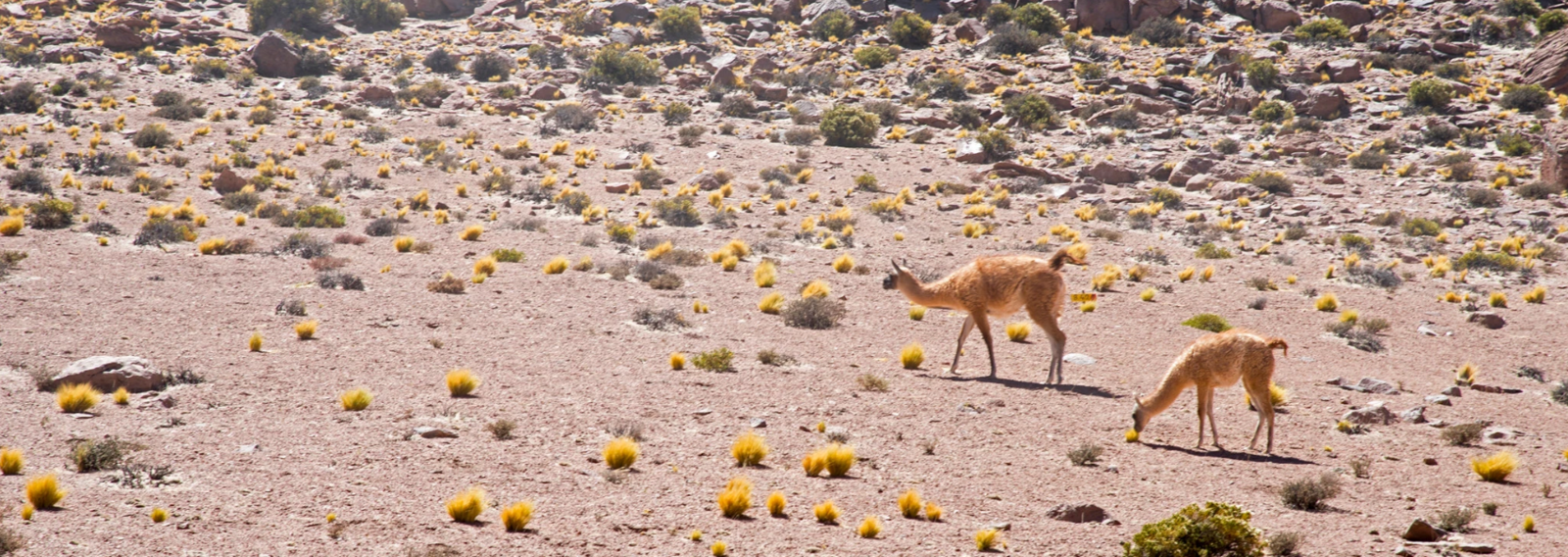Over the past decade, we have implemented a range of climate adaptations to reduce physical risks. These measures include projects to improve water storage and treatment, spring runoff and flood mitigation strategies, as well as strategies to reduce freshwater consumption.
We have also worked closely with industry partners to support industry-wide standards for climate adaptation. This includes partnering with the International Council on Mining and Metals (ICMM), which has been a leader in sharing best practices. ICMM supports improvement and makes learnings publicly available through reports. In addition, we work closely with the Mining Association of Canada (MAC) to develop standardized guidance for managing the physical impacts of climate change within the mining industry, which supports the updated climate change protocol under MAC’s Towards Sustainable Mining program.
This work has helped us develop tools to incorporate climate change into existing climate assessments and supported improved climate modelling and a more robust approach to climate-related risk identification and management.

A ground squirrel at a reclaimed area of Fording River Operations.
For example, at our Highland Valley Copper Operation we have a spring runoff water management strategy to protect key infrastructure; we also completed climate change analyses to contribute to long-term adaptation plans for the mine. At our operations in Chile, we have implemented projects to reduce our freshwater consumption in response to potential water availability constraints due to future climate conditions.
In 2023, to support the identification and assessment of risks related to the physical impacts of climate change, we procured relevant climate change projection data from the most current global climate model data available - CMIP6 - for our operations, portions of our logistics corridors, and select projects and legacy properties. CMIP6 is the latest phase of collaboration under the Coupled Model Intercomparison Project (CMIP); The data are scientifically robust and provide the foundation for the Intergovernmental Panel on Climate Change’s Sixth Assessment Reports.
The data sets include time horizons for the near-future (2030s), mid-century (2050s) and end-of-century (2080s) for two of the future climate scenarios proposed by the Intergovernmental Panel on Climate Change’s Sixth Assessment Report, scenarios, SSP2-4.5 and SSP5-8.5, which correspond with a moderate emissions scenario and the highest concentration of CO2 emissions scenario, respectively.






